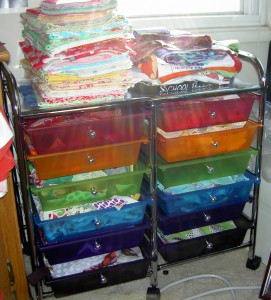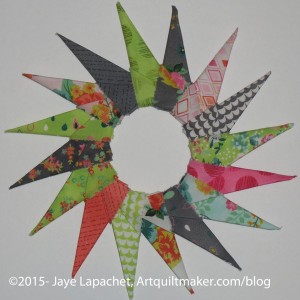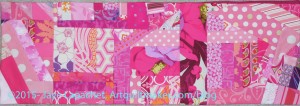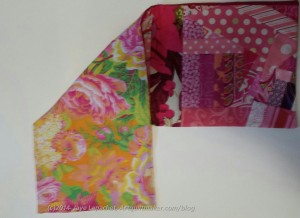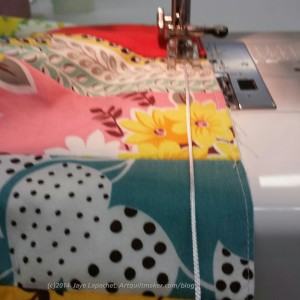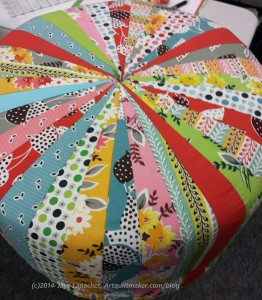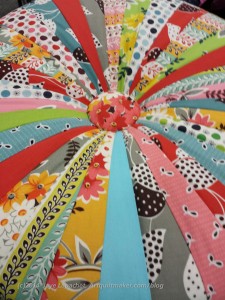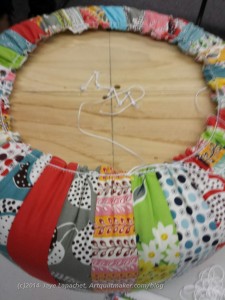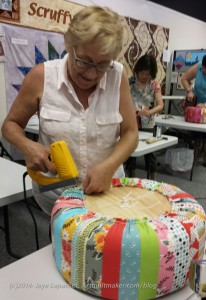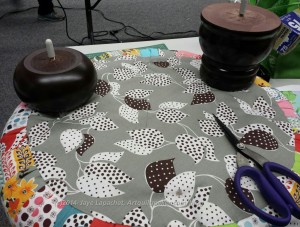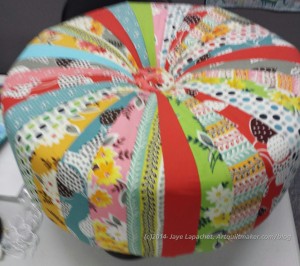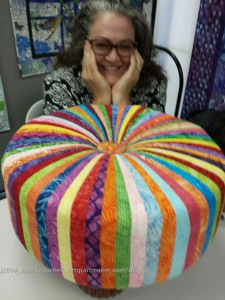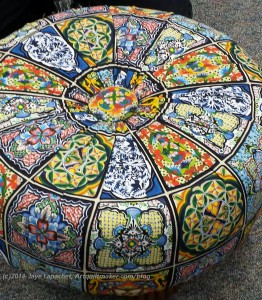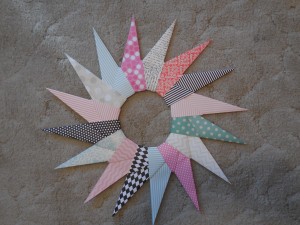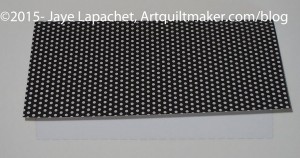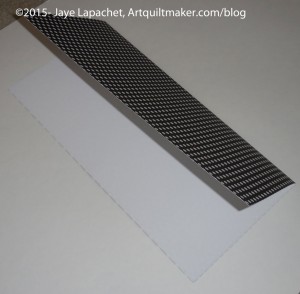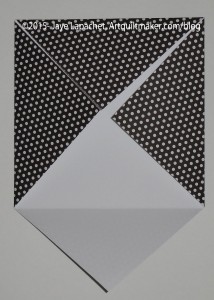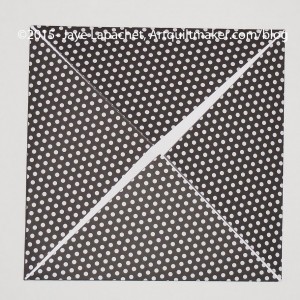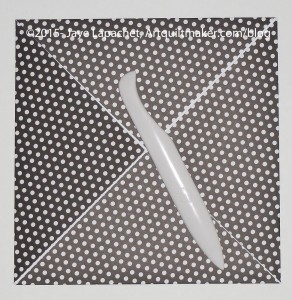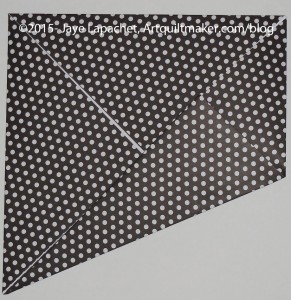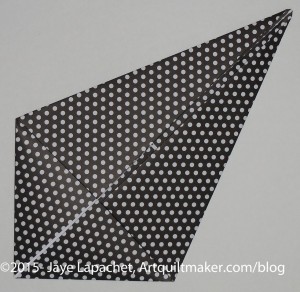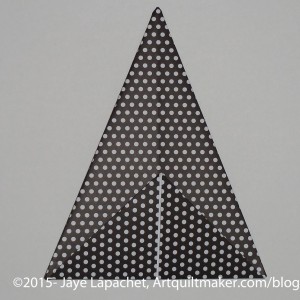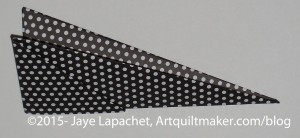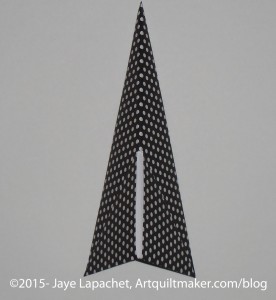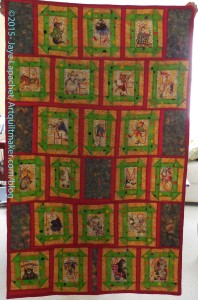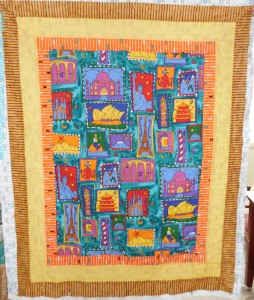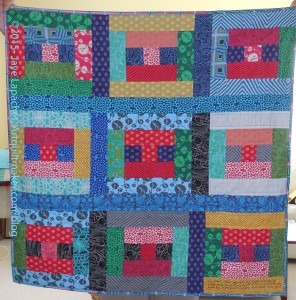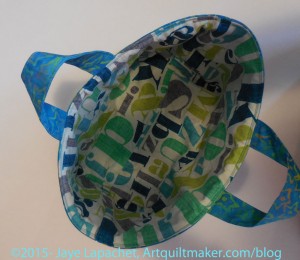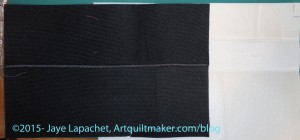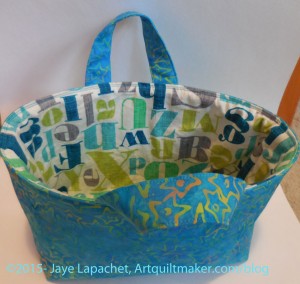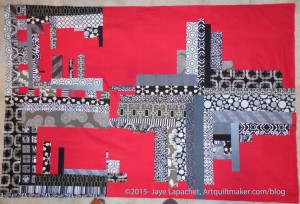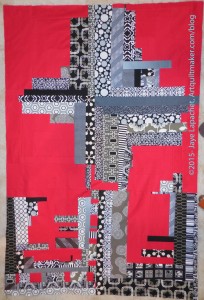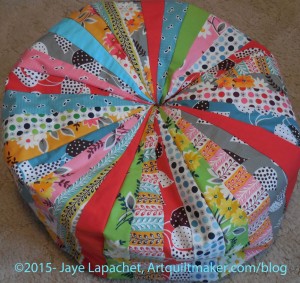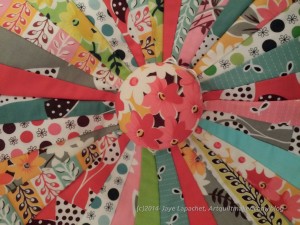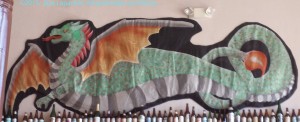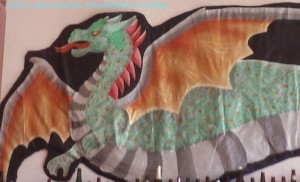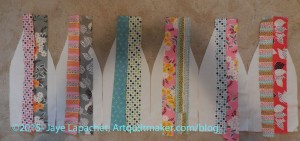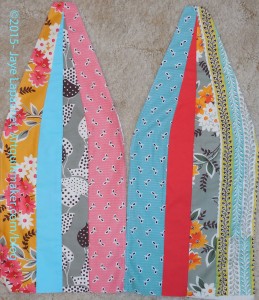 Personal Geographies: Explorations in Mixed-Media Mapmaking by Jill K. Berry
Personal Geographies: Explorations in Mixed-Media Mapmaking by Jill K. Berry
I bought this book because of Maureen and Nancy and their work in creativity. I am also interested in mixed media – in doing mixed media projects, but don’t have the space right now, so I don’t do much. I carried this book around for a long time, dipping in and out and not really getting it. Finally, something nudged me towards it again and I picked it up and began to seriously read it, starting from the beginning.
This book is self described as containing maps of the physical self, maps of experiences and dimensional projects with a cartographic theme (pg.5). Aside from these brief words of description, the book begins with only a few paragraphs of thoughts and inspiration. The best quote is “maps make known our relationship to the world at large” (pg.4).
The introduction is followed by a section called “What is a Map?” There is a quote from Miles Harvey, who wrote The Island of Lost Maps, which expresses the potential of creativity, to which, I think, the author is aspiring. The quote is “A map has no vocabulary, no lexicon of precise meanings. It communicates in lines, hues, tones, coded symbols, and empty spaces, much like music” (pg.6). I love this quote think this expresses quiltmaking as well as cartography. This section has several other quotes which really express the creativity and sense of map making.
The quote section is followed by the start of the projects. The author, Jill Berry, eases the reader into the projects by asking, first, inspirational questions to help start to define the maps you might want to make (pg.7). She also provides some encouragement and inspiration around what a map could be. She writes “you can make a map of nearly any journey, place, day or experience, however menial it might seem. Maps can be intricate and personal, or grand and inclusive. They can be a ritual way to journal your day, or a permanent and elaborate illustration of your life’s journey” (pg.7) This is a section that could be used for inspiration with a variety of creative pursuits or media.
Examples of different maps start on pg.8. Explanations of parts of a map follow (pg.10). Ms. Berry explains the cartouches, types of creatures that appear on maps (though not the why), the legends, neatlines, paths and places, water features, etc.
She also says that all maps need a compass rose and the text purports to tell the reader how to design one. More accurately, the author gives resources for finding one to use (pg.12). I would like to have seen more information on truly designing a compass rose. As quiltmakers we can design our own using skills learned in Judy Mathieson‘s books. There are also directions on creating a cartouche (pg. 13).
After the introductory and background inspiration, we are presented with a list of general supplies (pg.14-15) and the meat of the book starts. Chapter 1 has to do with mapping the self. “The process and results are for personal enrichment…” (pg.17). A sidebar talks about the inspiration for this project and gives a template, specific supply list and step by step instructions. The projects also provide an example of a completed variation. The directions are very general and suitable for a confident maker to fly within. I think the how-to is good, but I would like to see a selection of symbols and some ideas to spur on content creation. I think such aids would spark the imagination and make this book more successful.
Chapter 1 includes a body template and project, a hand template with project, an ‘articulated self’ project (like a paper doll), a heart project which also includes variations. There is a gallery of works by other artists that were inspired by the templates in this section of the book. These examples expand the content for the reader so there is more scope to consider when thinking about making a project. I can see using some of the templates for appliques on art quilts.
My favorite piece from the ‘Self’ section is the Hand Map (pg.54). I like the idea of documenting a day out with parents and it has the most meaning for me. I can follow the idea and it seems like a good memory to celebrate. It also reminds me of a Hamsa necklace I saw in a catalog once. The image grabbed me and I want to do something with that image sometime. I also liked “My Heart Belongs in Wisconsin” (pg.52). I like the idea and the look of the piece.
Chapter 2 is called Mapping your Experience. “[T]hese maps are about the experiences of your soul” (pg.57). This chapter seems to me to be about preserving precious memories. One thing the author suggests is “to limit the amount of time you spend on planning and to go with the first thing that comes to mind…” (pg.57). There is a lot to be said about this advice in almost any creative endeavor. However, I found it hard to imagine what to map. As an interesting addition, in this chapter, the author shows the reader how to fold a map in an interesting way in order to take up smaller space and add interest to your art (pg.62).
As I read this book, I was having a hard time imagining how to make my own map until I saw ‘Your Artistic Journey’ (pg.64-65). My first thought was about my first quilt class, which was, then, followed by a Mary Mashuta class on story quilts. The trajectory popped into my head. I rewound a bit and thought back to grammar school and projects I made there as well as experiences in art that led me to that first quilt class. I can now see making a map from this thought process….or journey of thought.
Collaborative maps, narrative maps are also included along with another gallery of experiential maps. This gallery has maps that I can actually imagine making. They are not perfectly rendered and look like something a novice would make.
Chapter 3 covers plans, projections and possibilities and the projects are designed to use ephemera (pg.97). My favorite drawing is the Warning Map of Fort Worden (pg.98. I love the squid!
Overall, my favorite project is the book of postcards. I can imagine buying postcards, using the backs for journaling and then making them into a book when I got home (pg.120-121).
One thing I noticed about this book was that it made me aware of details in other, non-art, maps such as road maps. I noticed details such as scale, different colors for different types of roads and byways. I also noticed the lack of explanation provided (is it readily available and I have not noticed??) on online maps such as Google Maps. Would it enhance, detract, or confuse Google Maps users to have a sea monster pop out of the ocean on their app?
As with the introduction, the projects have a little information on motivation or inspiration, There is a lot of how-to information, but not as much why. I am interested in process so I would have liked more about how the author came to these projects.
In going through the book, I see the projects become progressively more complex. I also see a progression of mapmaking. There is an undertone of encouragement to the reader to make all of the projects in the order presented in order to improve skills and progress through the book. I don’t think that course of action is really realistic outside of a classroom setting, except for those looking for a path to follow or someone who is extremely motivated in this area. It would be hard for me to stay motivated.
Throughout the book pieces of art from other artists are placed to fit in with the projects. Towards the end of the book is a more complete gallery called’ More Maps of Possibility’ with more maps and items from other artists int he back.
It was hard for me to pay attention to the beginning as I was eager to read this book, but the beginning is the best part. I went back and read it again. I would have liked more inspiration, more process (as opposed to how-to) and more of why she designed these projects. I haven’t found any book, except Inspiration Odyssey by Diana Swim Wessell that talks much about inspiration. This book also makes me want to investigate the history of mapmaking in a little more depth.
The book is beautifully designed and has an index.
View all my reviews
